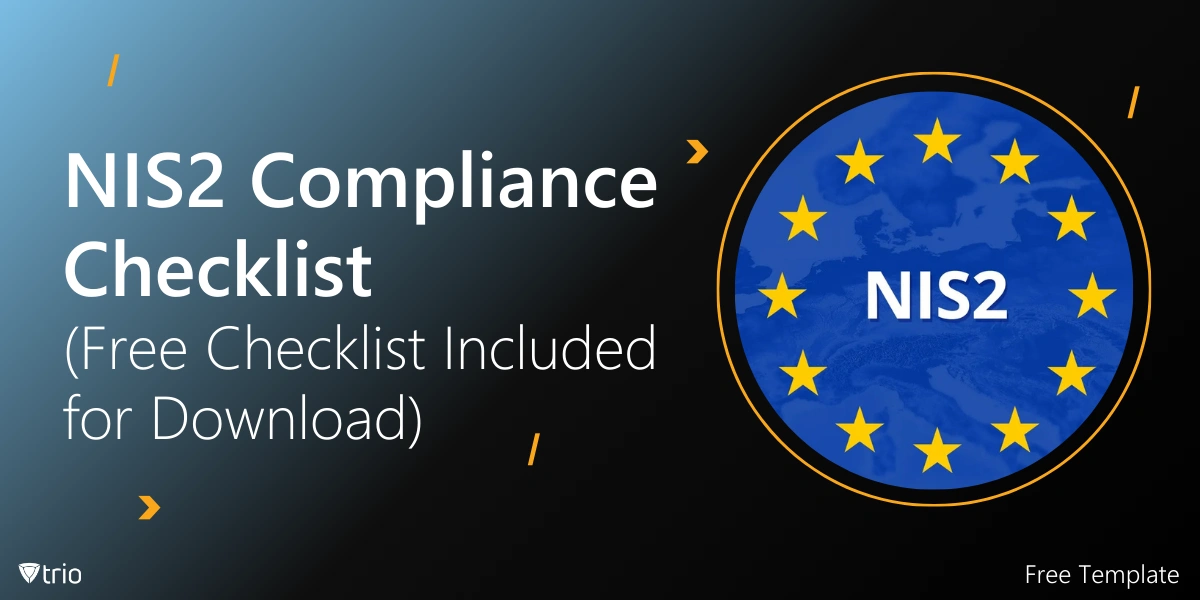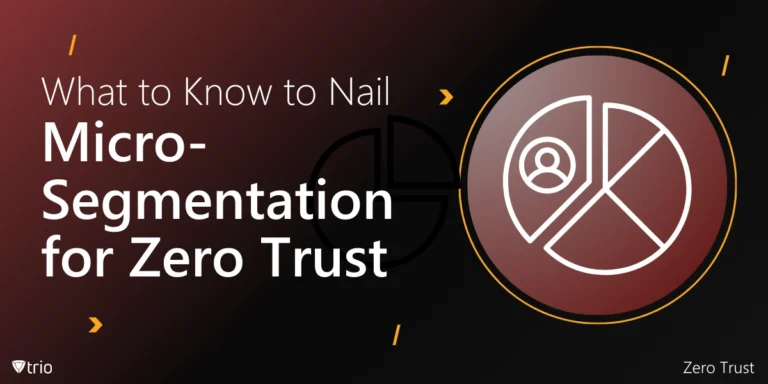Mobile payments have revolutionized the way consumers shop, offering convenience and flexibility. However, with this convenience comes the responsibility to ensure the security of sensitive payment data. According to Pew Research, “…many consumers have concerns about the security of mobile payments and are more likely to trust traditional methods.” In this blog post, we’ll explore the top five best practices for mobile payment security in retail, equipping businesses with the knowledge and strategies needed to protect their customers and maintain trust in the security of mobile payments.
-
Encryption and Tokenization
Encryption and tokenization are fundamental techniques for securing payment data in retail transactions. Encryption involves encoding sensitive information so that it becomes unreadable without the decryption key. This ensures that even if intercepted, the data remains unintelligible to unauthorized parties.
Tokenization, on the other hand, replaces sensitive data with unique tokens. These tokens are meaningless to hackers and cannot be reverse-engineered to obtain the original information. By implementing end-to-end encryption (E2EE) and tokenization throughout the payment on the mobile process, retailers can ensure that customer data remains protected from theft or unauthorized access.
-
Multi-Factor Authentication (MFA)
Multi-factor authentication (MFA) adds an extra layer of security by requiring users to provide multiple forms of verification before completing a transaction. This typically involves a combination of something the user knows (e.g., password), something they have (e.g., mobile device), or something they are (e.g., fingerprint or facial recognition).
By implementing MFA, retailers can significantly reduce the risk of unauthorized access to payment accounts, even if a password is compromised. MFA serves as a barrier against account takeover and fraudulent transactions.

-
Regular Software Updates and Patch Management
Regular software updates and patch management are essential for addressing vulnerabilities and maintaining the security of online mobile payment systems. Software updates often include patches that fix known security vulnerabilities or weaknesses that hackers could exploit.
By keeping all software, including operating systems, mobile payment applications, and security software, up to date with the latest patches and updates, retailers can mitigate the risk of exploitation by cybercriminals. Establishing a robust patch management process ensures timely updates across all devices and systems, minimizing the window of opportunity for attackers.
-
Secure Network Connections
Securing network connections is critical for protecting the transmission of payment data between devices and servers. Retailers should use secure Wi-Fi connections and virtual private networks (VPNs) to transmit payment data securely. Public Wi-Fi networks should be avoided for processing mobile payments, as they are more susceptible to interception by cyber criminals.
Implementing firewall protection and intrusion detection systems helps monitor network traffic and identify any suspicious activities that could indicate a security breach. By securing network connections, retailers can prevent unauthorized access to payment data and maintain the integrity of their payment systems.
-
Educate Employees and Customers
Educating employees and customers about mobile payment security best practices is essential for building a strong security culture within the retail environment. Employees should receive training on how to recognize and respond to security threats, including phishing attempts, social engineering tactics, and unauthorized access attempts. Employees should also be onboard in case you are using any payment security solutions.
Customers should be informed about the importance of using secure payment methods and how to identify secure payment apps and websites. Providing clear instructions on setting up and using security features such as biometric authentication and password management helps empower customers to protect their payment information. By educating both employees and customers, retailers can create a vigilant community that actively contributes to the security of payment transactions.
-
MDM Solutions
Mobile Device Management (MDM) solutions are instrumental in bolstering mobile payment security by enabling retailers to centrally manage, monitor, and secure mobile devices used in payment transactions. Through MDM solutions like Trio, administrators can enforce security policies such as password complexity and encryption settings to ensure devices are adequately protected.
MDM for retail facilitates remote device management, allowing administrators to locate lost or stolen devices, lock or wipe them remotely, and troubleshoot technical issues. Furthermore, Trio enables application management, allowing administrators to control which apps are installed and run on devices, thereby preventing unauthorized or malicious apps from accessing payment data. By enforcing secure network access policies and facilitating security compliance auditing, Trio helps retailers maintain a strong security posture and safeguard sensitive payment information from potential threats.
Conclusion
As mobile payments continue to gain popularity, it’s important for retailers to prioritize security measures to safeguard customer data and maintain trust. By implementing technology in the retail industry, such as encryption and tokenization, multi-factor authentication, regular software updates and patch management, secure network connections, and educating employees and customers, retailers can significantly reduce the risk of mobile payment fraud and enhance the overall security of their payment systems.








